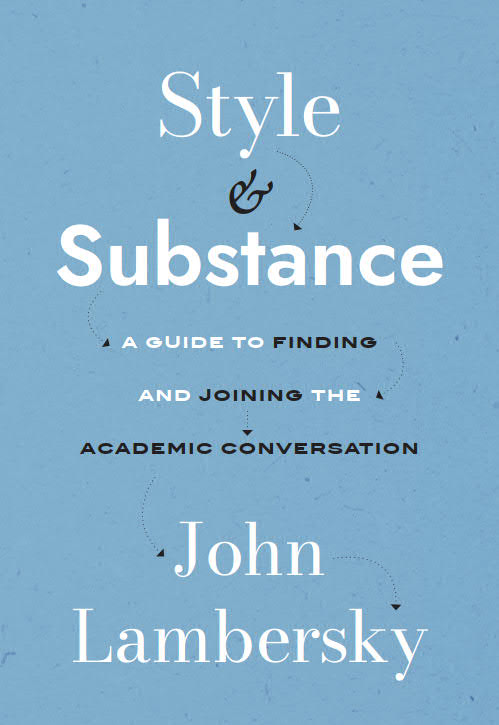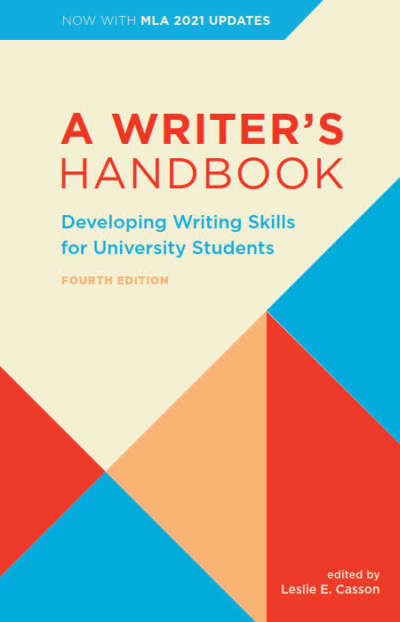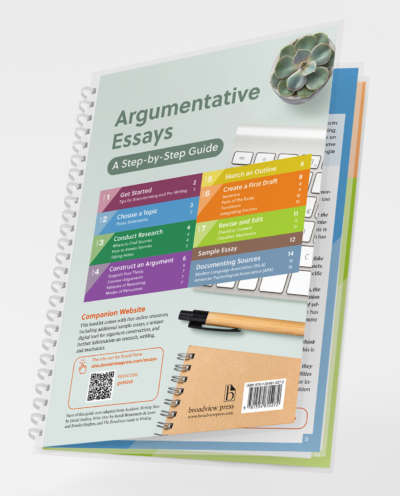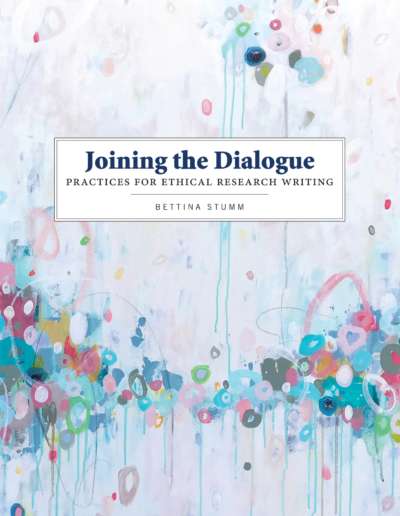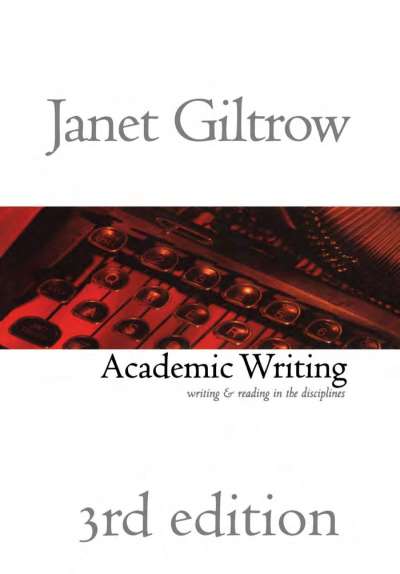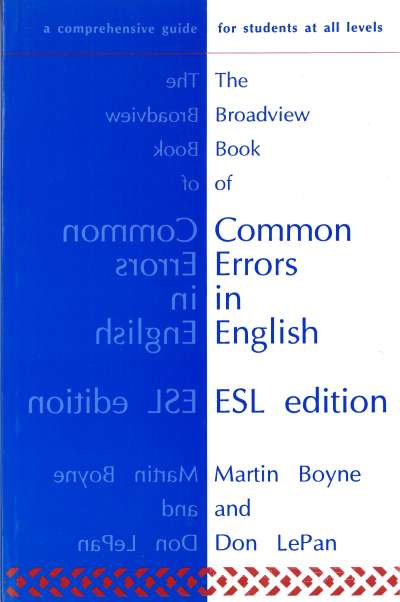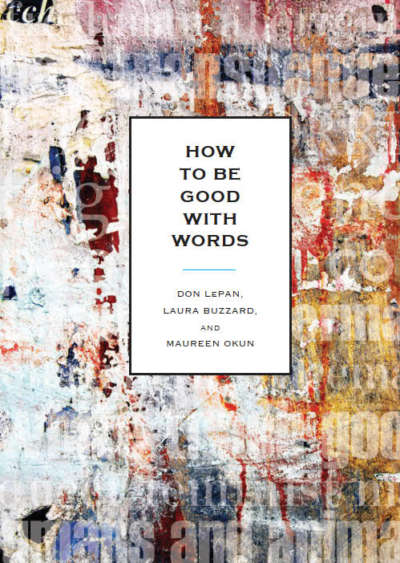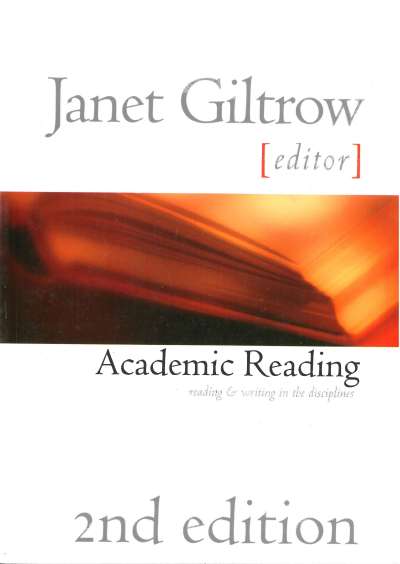Style & Substance demystifies academic conversations by breaking down the underlying concepts behind good scholarship and the skills involved in research, writing, and presenting.
The author guides undergraduates through the trials of academic writing, from how to form fruitful research questions, to gathering and using the appropriate evidence, and finally to crafting polished, thoughtful responses to the questions that we pose ourselves in good research. Throughout, the author demonstrates how engaging in each step of this process thoughtfully and deliberately is how one joins the academic conversations at the heart of college education.
Comments
“Style & Substance is an innovative and engaging guide to modern academic writing. Reading it feels like joining a very well-run academic writing class, one with meaningful and lively discussions about the fundamentals of writing, the goals of scholarly work, the skills required for research using both digital and non-digital sources, and, most refreshingly, advice about turning the resulting writing into academic presentations. Students across the disciplines will find themselves inspired by this exceptional little book. It’s the classroom resource I’ve been looking for: a highly practical and entertaining text that makes academic writing understandable, relevant, and even exciting.” — Jan Duerden, Thompson Rivers University
“I cannot think of another book that offers such advice on academic writing, and with clarity and brevity. This will be my go-to recommendation for all of my students in the future—it’s a treasure.” — Daniel Willingham, Professor of Psychology, University of Virginia and author of Outsmart Your Brain
“Style & Substance … does a particularly good job of using examples to illustrate the concepts being covered. I would have found this book both thought-provoking and practical when I was a student.” — Ryan Skinnell, San José State University
“This book provides a substantive yet concise look at the research, writing, and sharing processes for any student new to academic genres. John Lambersky offers good examples and touches on pitfalls to avoid, all in a voice that is pitch perfect for our era of misinformation and in a style needed for our overburdened students.” — Matthew Boedy, University of North Georgia

